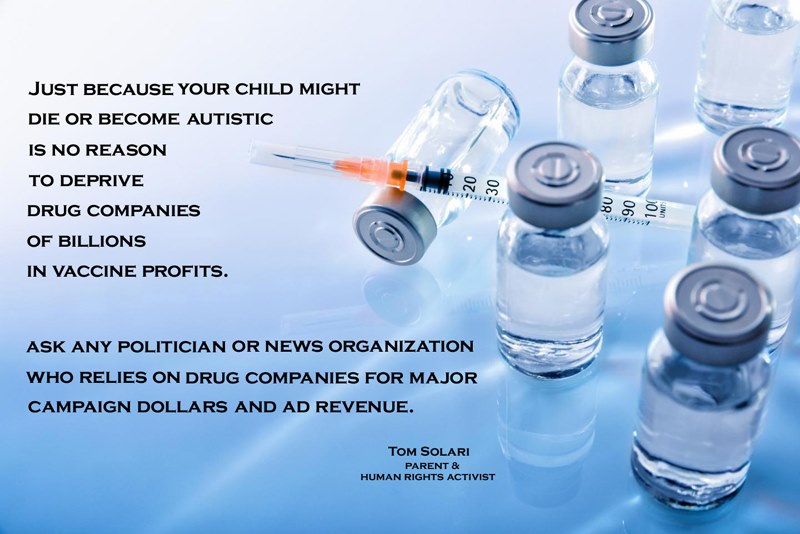
No Reason


Tom's Blog on Life and Livingness

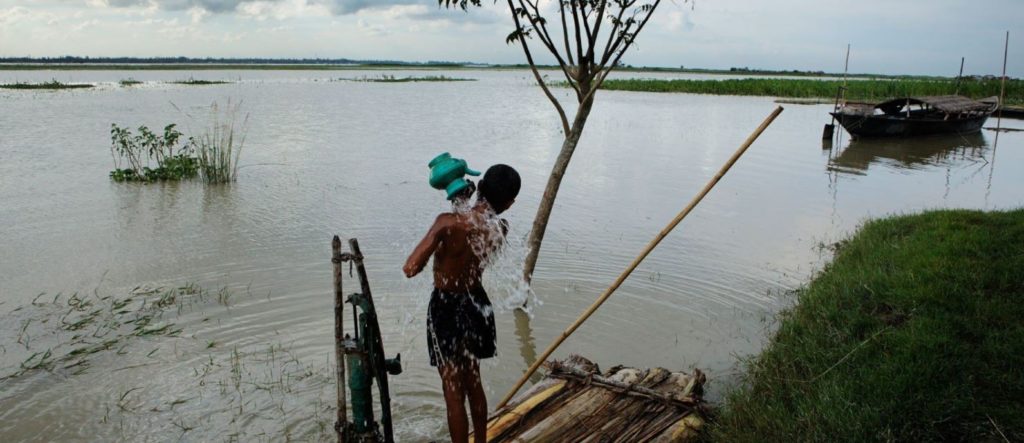
First global look finds most rivers awash with antibiotics
Each year, humans produce, prescribe, and ingest more antibiotics than they did the year before. Those drugs have done wonders for public health, saving millions from infections that might otherwise have killed them.
But the drugs’ influence persists in the environment long after they’ve done their duty in human bodies. They leach into the outside world, where their presence can spur the development of “antibiotic resistant” strains of bacteria. In a new study that surveyed 72 rivers around the world, researchers found antibiotics in the waters of nearly two-thirds of all the sites they sampled, from the Thames to the Mekong to the Tigris.
That’s a big deal, says Alistair Boxoll, the study’s co-lead scientist and an environmental chemist at the University of York, in the U.K. “These are biologically active molecules, and we as a society are excreting tons of them into the environment,” he says.
That leads to the potential for huge effects on the ecology of the rivers—as well as on human health.
Resistance is growing
Antibiotics prevent harmful infections, saving millions of lives each year. But the populations of the bacteria they fight against can evolve in response, morphing and changing in ways that let them evade death by the drugs designed to kill them. That means an infection by one of these “resistant” bacteria strains is harder, and sometimes impossible, to treat. The U.K. Chief Medical Officer, Professor Dame Sally Davies, says the problem is getting worse each year, and poses a “catastrophic threat” to doctors’ ability to treat basic infections in the future.
A 2016 report found that each year around 700,000 people worldwide die of infections that are resistant to the antibiotics we have today. Scientists, medical experts, and public health officials worry that number could skyrocket as resistance to commonly used medicines increases. In 2014, a U.K.-commissioned study warned that by 2050, antimicrobial-resistant infections could be the leading cause of death worldwide.


Guess who was lucky enough to score a Mason jar and some organic broccoli seeds as a present from his elder daughter? Watch this video to learn the benefits of broccoli sprouts and how to sprout them.



This article quite correctly talks about environmental toxins but ignores the elephant in the room – vaccines.
Before you vaccinate, check out the doctors (all murdered) who diiscovered that vaccines contain the element nagalase which prevents the body from utilising vitamin D, a known powerful cancer preventer.
From http://the-parallel-universe.com/vitamin-d-factor/
“That the element (nagalase) which is put into vaccines impairs, or nullifies the function of GcMAF and Vitamin D in our body, means one thing – Vaccines do more to destroy immune function than support it.”
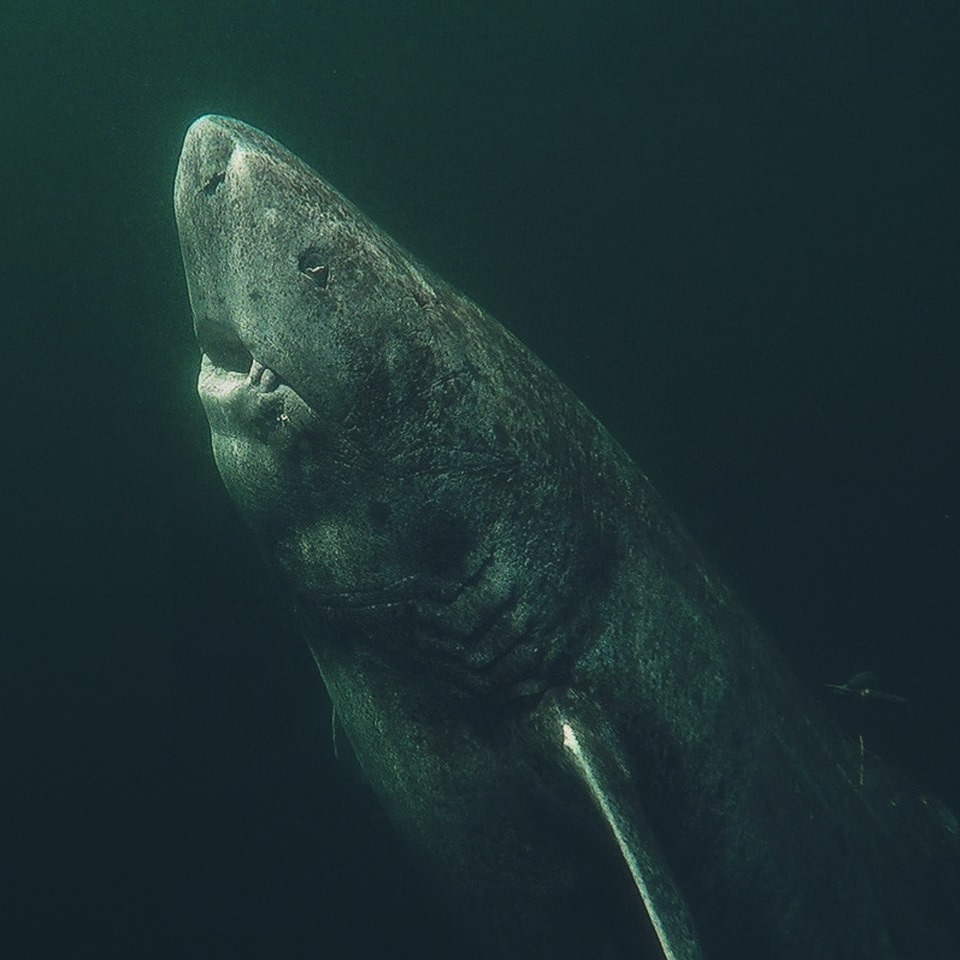
For those interested in how they know how old it is, a reporter was invited to her birthday party. 🙂
No, the truth is…
“The Greenland shark’s eye lens is composed of a specialised material – and it contains proteins that are metabolically inert,” explained Mr Neilson.
“Which means after the proteins have been synthesised in the body, they are not renewed any more. So we can isolate the tissue that formed when the shark was a pup, and do radiocarbon dating.”
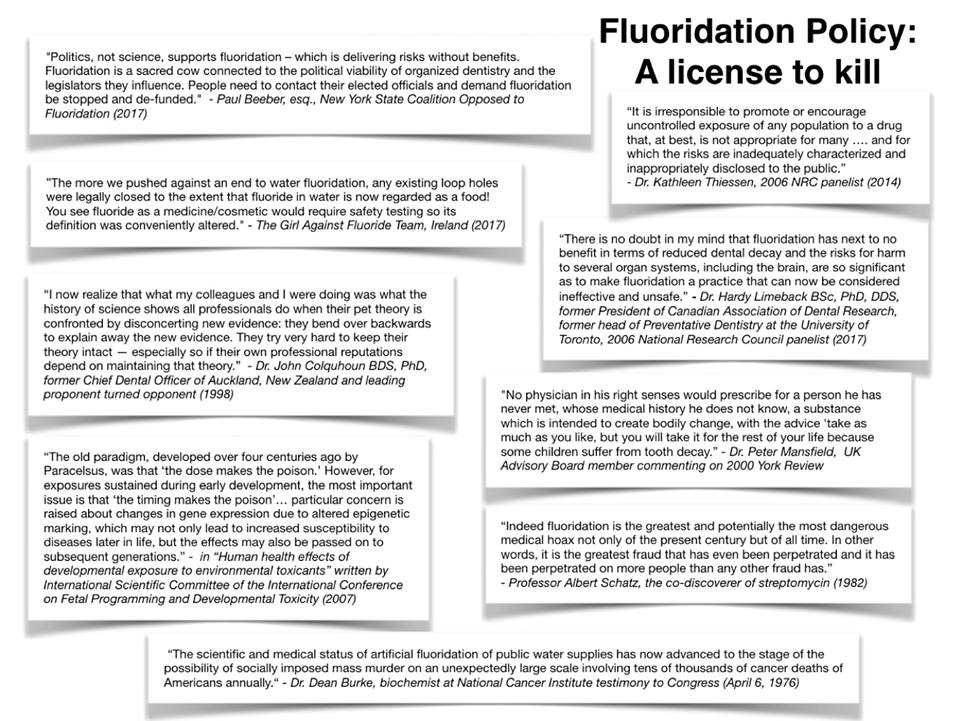
“Fluoridated Water Is Public Murder On A Grand Scale” – Dr. Dean Burk
Judge Anthony Farris presided over the trial in the case of Safe Water Foundation v. City of Houston, District Court of Texas, 151st Judicial District, No. 80-52271. On May 24, 1982, Judge Farris entered his findings of fact on the record of the case. His main findings were as follows:
“That the artificial fluoridation of public water supplies, such as is contemplated by [Houston] City Ordinance No. 80-2530, may cause or may contribute to the cause of cancer, genetic damage, intolerant reactions, and chronic toxicity, including dental mottling, in man; that the said artificial fluoridation may aggravate malnutrition and existing illnesses in man; and that the value of said artificial fluoridation is in doubt as to the reduction of tooth decay in man.”
Contrary to what has been said by promoters of artificial fluoridation of public water supplies, these findings of fact were specifically sustained and upheld as having been established at trial by a preponderance of the evidence, as appears in Safe Water Foundation v. Houston, 661 S.W. 2d 189 (Tex. App. 1983).
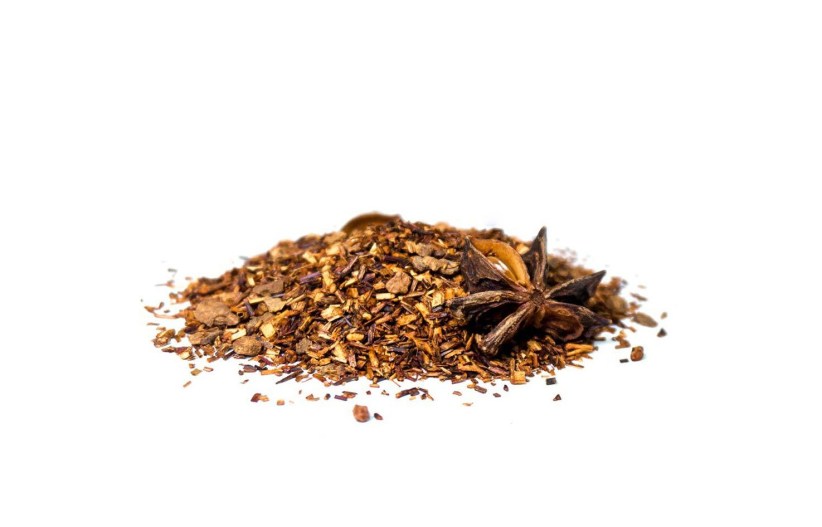
The author claims this tea will help you get wrinkle-free skin, without spending too much money on expensive cosmetic products. Let me know your results with it if you decide to try it.